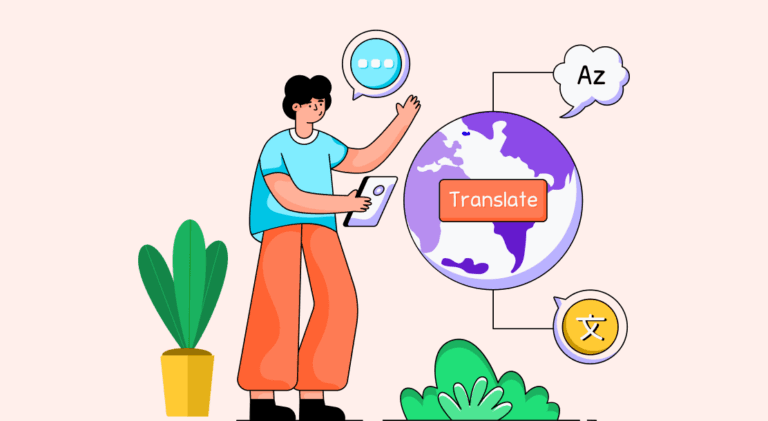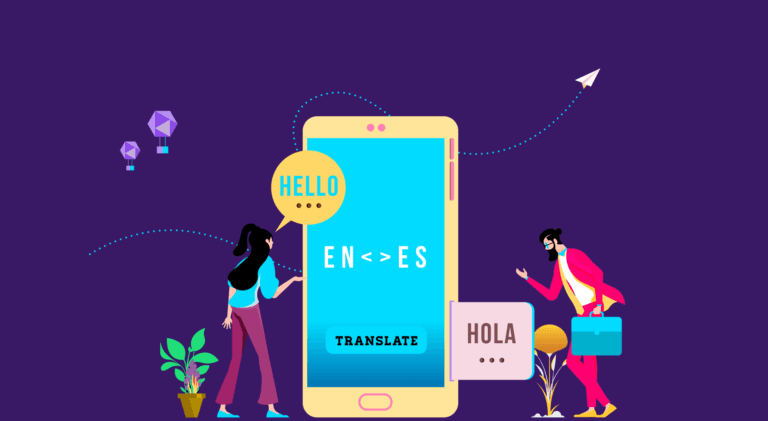10 Tips on Language Translation That Improves Content Quality

If you want to be in the good books of your customers, satisfying their needs is key. Therefore, make sure you deliver perfect translation and that your content game is on top of the charts.
Google is becoming smarter when it comes to ranking pages on the SERP. The only way to show up on Google’s search engine is to use organic text quality and translation. We’ll make this easier by listing 10 language translation tips to boost your content quality.
10 Language Translation Tips
Writing for translation is different from ordinary writing. The translation isn’t always about converting the document’s words into the goal language. It is infinitely more complicated and requires analyzing translation guidelines for a smoothened process. All that plus one has to translate without making it awkward or vague to understand successfully. Here are 10 spectacular translation tips for translating like a pro.
1. Brief sentences are a winner
If your goal is an easy translation and better comprehension, try to work on only 20 words or even less. A pro-tip: Reading sentences aloud helps keep them short and simple. You should ask yourself these questions – “What is truly important?” “How can I make things I want to say simpler?”
2. Make use of standard English order
The ideal grammatical structure is subject-verb followed by the object and, at the same time, use modifiers. Ensure you implement proper punctuation. The translator normally flags source errors, but that doesn’t mean one should skip proofreading the source for any grammatical errors.
To make things easier, English tools and software come in handy, which will help you oversee any spelling mistakes or typos. This will not solve all your problems, but it will simplify things significantly.
3. Keep away from long noun strings
When you have to read a sentence multiple times to understand its meaning, there are high chances that there will be complications trying to translate it to other languages. If this takes place, we tend to see literal meanings that make no sense, or there’s a misinterpretation of the original meaning.
4. Don’t let synonyms confuse you

Often, one may get confused because synonyms come in the way of clarity. It will make your job easier if you use just one term for a single concept. Each time you write something, make it a habit to write the same thing every time. Don’t switch up the synonyms.
If you write a single concept in different ways, it will hamper translation consistency and affect the translation memory leverage. The result? Inferior quality and inflated costs. You can consider using pre-written copies instead of working on something completely new. It will save you time and energy both.

5. No space for humor
We all love some humor in our lives, but let the humor take a back seat when it comes to translation. Unless you’re an expert in the goal language, that is, you understand every nuance; we recommend not doing this since humor hardly translates with equivalency.
Jargon and metaphors should also be avoided for a seamless translation experience. Expressions can be expressed in person but not when you’re doing translations because they’re not universally accepted, so they don’t translate well.
6. Be precise with international dates
A common mistake made by many is mentioning dates in number format. For instance, 09/07/2022 is read as July in Sweden, but in the US it reads as September. To avoid such confusion, mention the name of the month you’re referring to. If there are space constraints, you can even add an abbreviation for the month. For example, July 9, 2022.
7. Make use of relative pronouns
Relative pronouns like “that” and “which” should be incorporated because it is better understood, and translation becomes simpler.
For example, the sentence, “this movie which was shot in England is releasing tomorrow,” is much easier to understand than “this movie shot in England is releasing tomorrow.” It’s a good practice to cross-check pronouns being included rather than making assumptions.
8. Give way to active voice than passive voice
Active voice is more straight, direct, and easier to comprehend than passive voice. When you use words like “was” and “by,” it indicates passive voice usage and should be avoided as much as possible.
9. Steer clear from phrasal verbs

Using phrasal verbs can complicate things, and nobody likes complications. Therefore, we recommend avoiding using words like “ran into”. An effective replacement for that could be “met.” These verbs tend to have multiple meanings and are less formal.
10. Make it fit
English language in the written form is way shorter than other languages, so it requires more space for expansion by approximately 35%. This is an important aspect of software and graphics. The difference is visible in the length of the sentence and the word length.
Conclusion
Make it a habit to run spelling and grammar checks after translation. This practice will go a long way. Before you hit the send button, read the text aloud and make sure it’s understandable and crisp.
Often, we might not notice our errors. Therefore, it is advisable to ask someone to review it. If you’re part of a translation agency, pass it over to an editor for a thorough review. You might be the master of your trade, but it’s best to ask someone to verify the work.
FAQs
● Translating your content into a foreign language can boost consumer trust and increase your revenue
● Translating your work into a different language boosts SEO/SEM.
● Translating into a different language can help increase web traffic
● Translation will also grow your conversion rates
● Great flow of income
● Independent working schedule
● An increase in demand
● Career scaling
● Opportunity to learn and grow
● Acts as a network component
The quality of translation is influenced mainly by three factors: the competence, the autobiography, and the material circumstances of the translator.
Source Language interference (SLI) is the result of language transfer and interpretation.
The translator’s level of education, practical experience, and even physical state can affect translation.
Latest Blogs
Learn how to rank on AI search engines like ChatGPT, Perplexity, and Gemini by optimizing your content for authority, structure, and relevance. Stay ahead in AI-driven search with this strategic guide.
Explore the best healthcare SEO services for your medical practice. Improve online visibility and effectively reach more patients in need of your services.
Discover top social media agencies specializing in banking solutions, enhancing financial services and driving engagement.
Get your hands on the latest news!
Similar Posts

Translation
5 mins read
All You Need to Know About Language Translation and Terminology Management

Translation
5 mins read
6 Reasons to Translate Content into German

Translation
5 mins read